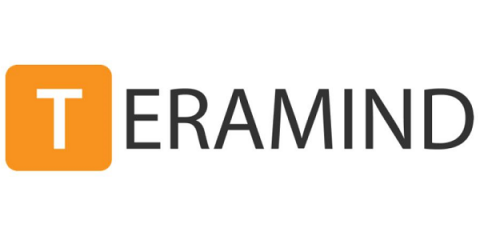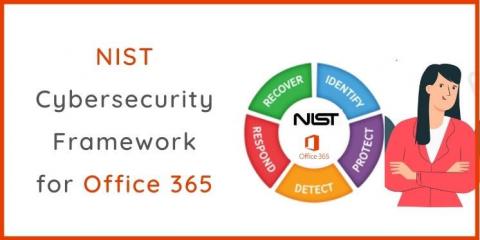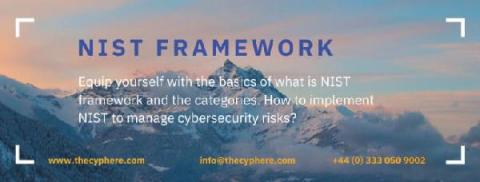What is Cybersecurity Risk Management?
Every time you log on to the Internet, you put your IT systems and the data you handle at risk. At the same time, it’s also impossible to run a successful business without going online, so a key element of modern business management is a strong cybersecurity risk management program. Why? Because the only people in the cybersecurity field working harder than software engineers are the criminals trying to find a new way to breach the latest network security measures.








